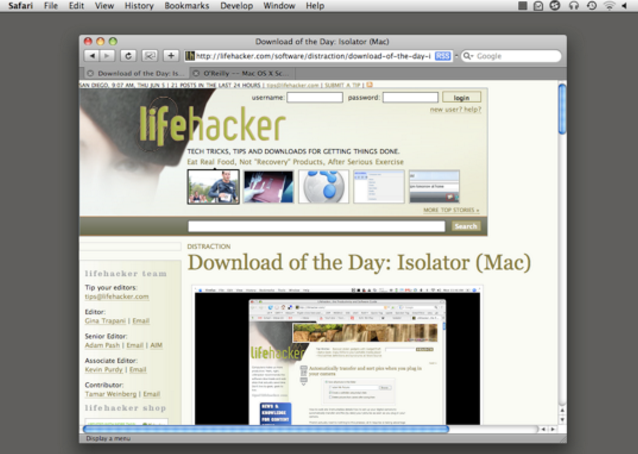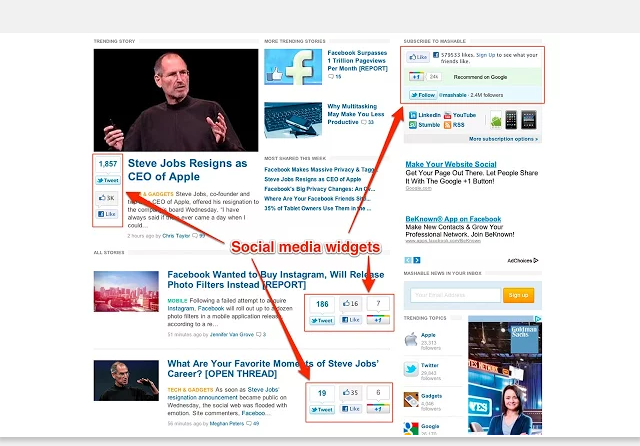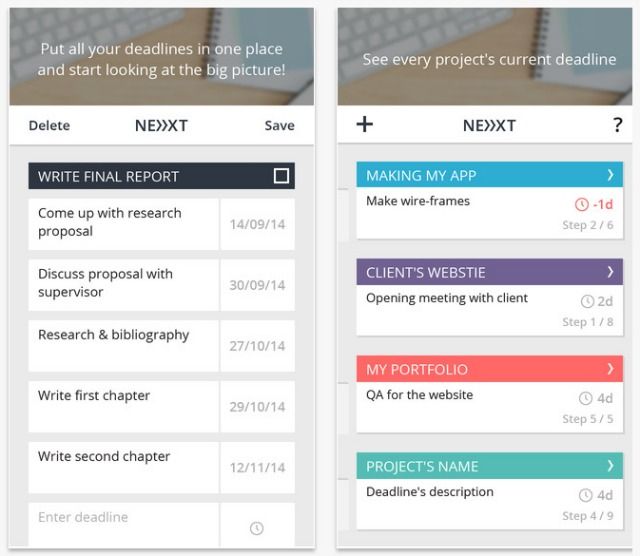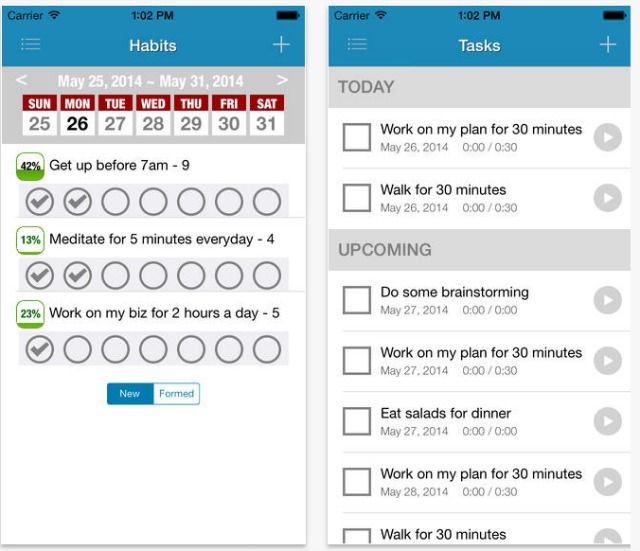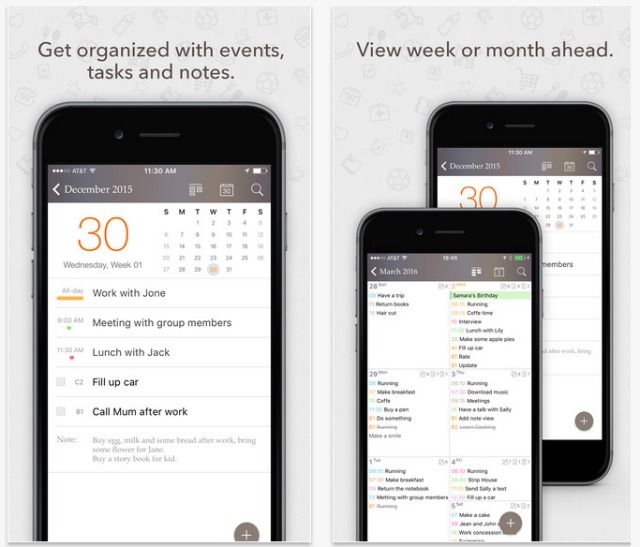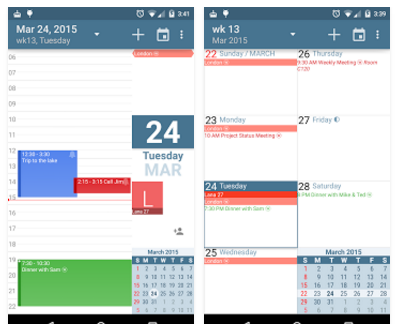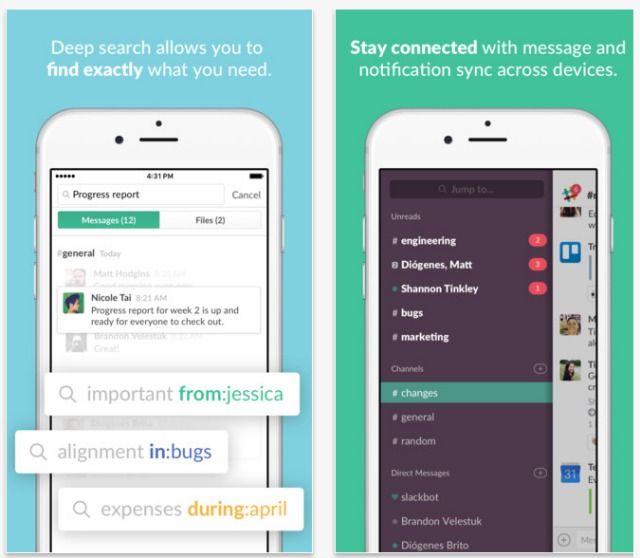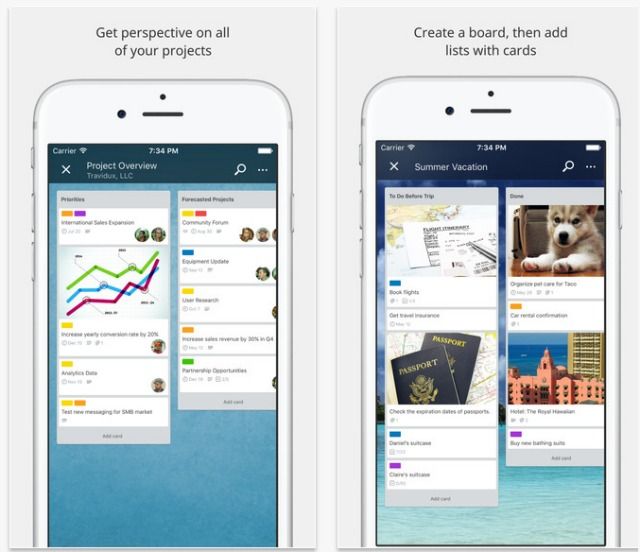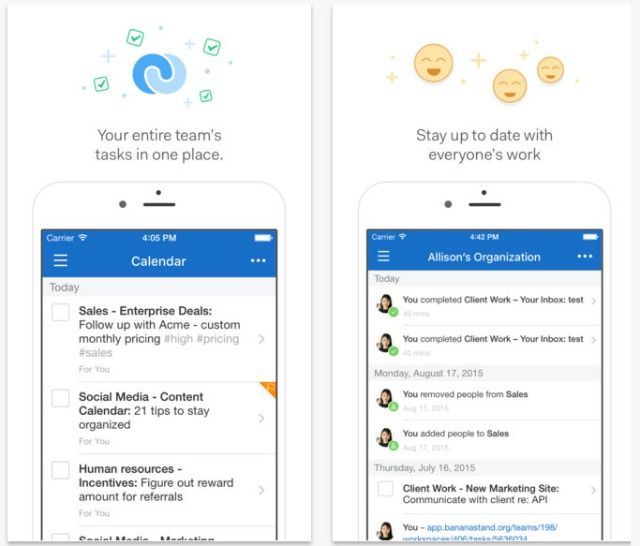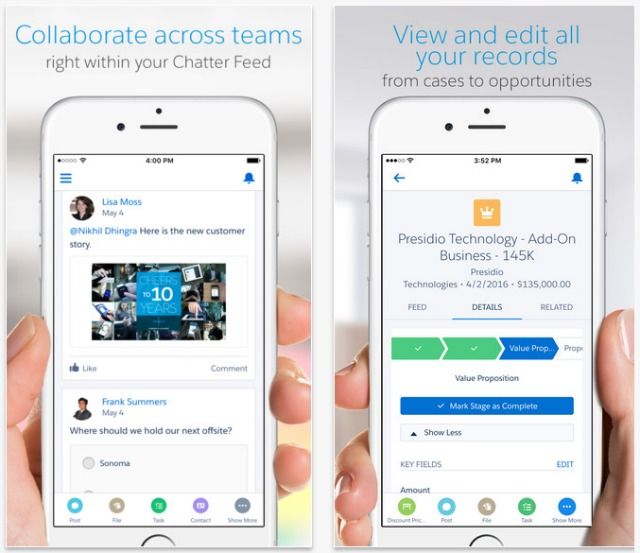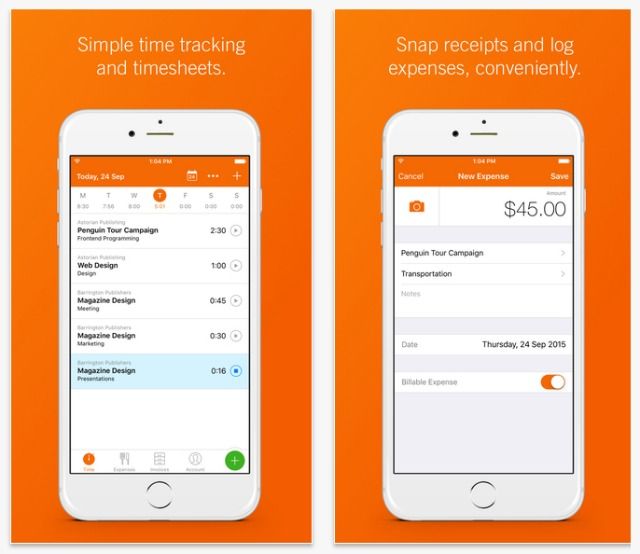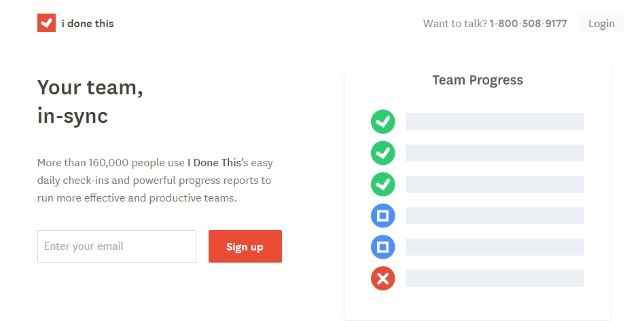Working too many hours can be problematic. Even if you love your job.
The more time you spend at work, the less time you have for other important parts of your life, such as friends, family or your hobbies.
It may feel like you get more done. But working too many hours can affect true productivity per hour, not to mention your mood and demeanor.
In a 2014 analysis of working hours from the 1900s (PDF), John Pencavel of Stanford University examined hours worked versus product output of British munitions workers. The findings showed that when employees worked longer hours -- specifically, 50 hours or more per week -- output per standard hour fell.
Also, when employees worked 70 or more hours a week, output was almost the same as employees who worked 56 hours a week, making those extra 14 hours completely pointless.
So, while you may not be toiling away in a munitions factory, you can see how this research provides some compelling evidence to stop working those 50+ hour weeks. Quite simply: it's inefficient.
If you want to use your work time productively and get out of the office with only 40 – 45 hours under your belt, here are six tips to help you stop working long hours and get your daily tasks done efficiently.
Limit the Distractions
Work distractions can be maddening and take a big bite out of productivity, but they're hard to avoid. A research study by the University of California, Irvine found that office workers are interrupted or switch tasks every three minutes and five seconds on average, while taking up to 23 minutes just to get back on task.
You don't have to be a math wizard to figure out that's a lot of time wasted each day by annoying interruptions.
Some distractions don't come from other people, they come from your computer screen in the form of emails, instant messages, or social media updates. One way to avoid this is to use the Isolator app for Mac, which covers up your desktop icons and windows of all other open applications so you can focus on the task you need to finish.
Download: Isolator for Mac OS (Free)
The browser plugin Antisocial can also help you avoid online distractions. Think of it as an ad-blocker for social media plugins and widgets, which can also slow down web page performance due to loading times. The plugin also limits your exposure to social media, making it less tempting to jump on Facebook or Twitter when you should be working.
Download: Antisocial for Chrome (Free)
Set Up Deadlines
On one hand, excessive deadlines can be problematic. In fact, deadlines are one reason why a good portion of workers returns to their jobs even if they're ill.
Still, when you're actually healthy and working, deadlines can be a good way to train yourself to get tasks done on time -- or even ahead of time.
The Next Deadline app for iOS helps you organize and prioritize your tasks by setting deadlines for each. One of the app's main benefits is it helps you manage multiple deadlines within one larger deadline, which makes large projects less intimidating.
Download: Next Deadline [Broken Link Removed] for iOS (Free or pay $1.99 for unlimited projects)
For Android users: Deadlines Reminder [Broken Link Removed] (Free) is a good alternative worth considering.
If you're serious about getting things done, consider a membership to GoalsOnTrack ($68 per year), described as goal-setting software that helps you not only get things done, but get the right things done. The service allows you to visualize your daily goals and uses time trackers to help complete tasks efficiently.
Join GoalsOnTrack: Web | iOS | Android (For $69 per year)
Learn to Plan Ahead
Work can be a stressful environment, but studies show that planning ahead can help you stop stress before it even happens. Setting up a plan also makes you productive, since you know the tasks at hand heading into the workday.
One popular planning app is Planner Pro for iOS ($4.99 for full version), which helps you manage your day-to-day life. Key features of the app include the ability to sync with calendars and events on your phone, reminders for each task you set up, and Day, Week and Month views to manage tasks.
Download: Planner Pro for iOS & Android (Free or pay $4.99 for the full version)
On the Android side, the free aCalendar app is a popular and powerful tool that features integration with Google Calendar. The app allows you to color-code up to 48 different types of tasks. It also includes business features such as the ability to link contacts, and share your calendar as ICS.
Download: aCalendar for Android (Free) | Android - Plus ($4.99)
Get Work Done Quicker
It sounds counterintuitive on the surface, but working fewer hours each day can actually make you productive in the long run. Take a recent experiment in Sweden that cut workers' days down to six hours, while also retaining the same pay. In general, workers became more productive in those six hours of the day, in part because their happiness levels increased after going from 40- to 30-hour work weeks.
The caveat is, of course, you have to actually get your work done in those six hours. Picking the right collaboration tool can save you not only time but also money.
The ever-popular Slack helps teams work together seamlessly, with file collaboration, group or private messaging, and even two-person calls.
There is a free version of Slack, while the standard version costs $8 per month and the Plus version $15 per month (there are discounts for paying annually). As Slack notes, the team behind the Mars Curiosity Rover uses the service -- if it's good enough for them, it is most likely good enough for you.
Slack is a cross-platform app and is available for the web & desktop, iOS, Android, and Windows Phone (Beta)
Another good app for work efficiency is Trello, which is free but has a Business Class version for $9.99 per user per month when paid annually. Think of Trello as a Kanban board for project management. The user interface is similar in workflow -- linear lists with "cards" flowing from left to right.
Each card has everything you need to get things done, and they allow people to comment, invite others, and share files via services including Google Drive and Dropbox.
Trello is cross-platform and is available for the web, on all browsers, iOS, and Android.
Learn to Delegate
The old adage says if you want something done right, do it yourself, but let's face it: you can't do everything on your own.
Delegation is a vital skill, particularly for anyone in a management or supervisory role, but it can often be overlooked. One study found that almost half of 332 businesses surveyed were concerned about their employees' delegation skills, but only 28 percent offered training on the subject.
"Most people will tell you they are too busy to delegate — that it's more efficient for them to just do it themselves."
A good service for delegating work is Flow, which is available for Mac, iOS, Android, and Windows. Flow lets you organize and delegate projects, tasks and individual steps, acting as a sort of "mission control" for project management. Among the many features is the ability to track and manage workloads by project, due date or person.
The functionality of Flow is off the charts, but it comes at a price. The Flow pricing varies from $19 per month for a Starter Plan for up to three people, up to a $399-per-month corporate plan that supports up to 50 people.
Download: Flow for Windows, Mac, iOS, and Android.
Salesforce is an industry standard suite of products that helps teams manage and delegate tasks within a given project. Salesforce pricing varies according to the editions and ranges from a $25-per-month version for up to five users, up to a $300 monthly version that includes unlimited CRM management and support.
The service is best for teams looking to connect, interact with and retain customers. It helps you predict what customers want or need based on past behavior, and allows you to manage and monitor everything from a mobile device.
Download: Salesforce for Web, iOS and Android (All plans start at $25 per month)
Work from Home
Telecommuting may not be an option for everybody, but perhaps it should be -- it can help foster productivity. For example, the Chinese travel website Ctrip experimented with letting half of workers telecommute over the course of nine months. Findings revealed that at-home workers completed 13.5 percent more calls than the staff that worked in the office did.
Put another way, the company got almost an entire extra workday's worth of work from that group each week.
Of course, working from home can have its own set of distractions. One tool that can help is Harvest, a time-tracking app that helps keep projects on time and on budget. Like many business apps there are a handful of different versions, including a free version for single users or a $99-per-month version for up to 10 users.
Harvest is particularly useful for those in charge of tracking employees' time spent working. It also allows you to run reports on things such as billable and non-billable time for workers, clients, projects or individual task.
Download: Harvest for Mac & Browser Extensions | iOS | Android (For all: Free for 1 user or pay up to $99 for a Premium version)
iDoneThis is a connected task list for teams that allows members to check off tasks as they complete them. A standard version costs $9 per user per month, while the Enterprise version costs $35 per user per month.
iDoneThis allows you to run daily reports that keep your remote teams synced and on task, and makes it easy for you to see who has done what. Unfortunately, no apps are available for this tool yet, but you can use the Chrome extension or the web app.
How Will You Cut Back Hours Without Losing Results?
In the end, working fewer hours will not only benefit your home and personal life, but your professional life as well. It will make you happier with your job while also making you productive when you're actually there. After all, what's the point of working more hours if you're not actually getting things done?
The common key to avoiding long work hours is discipline; it can take a decent amount of self-training to learn things like avoiding distractions, planning ahead or delegating work. But think of it as a wise investment, both in your professional future and your personal happiness.
How will you cut back your work hours this week? Tell us in the comments below!
Image Credits:working hard by Adisorn Saovadee via Shutterstock


